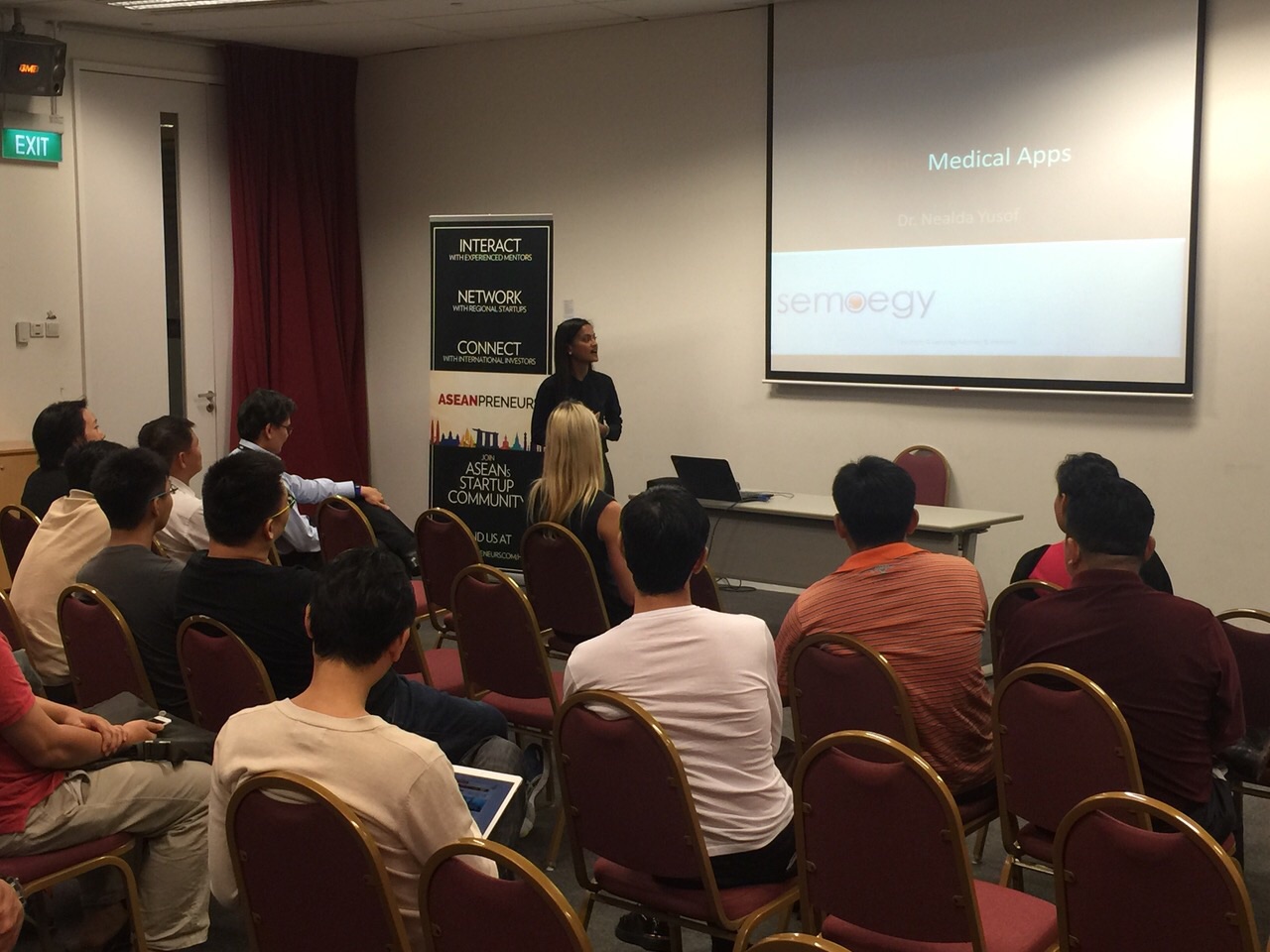5 Things Telemedicine can Learn from Kaizen

The Startup Insights event on 12th February brought home some important points to ponder on the “Internet of Things”, the most indelible one being the matter of technological ecosystems raised by Mr. Lau Dee Chai of the Infocomm Development Authority of Singapore (IDA). A technological ecosystem can be defined as a common platform on which a number of software solutions or services can interact to support a diversity of interconnected business processes and users. As a keystone of telemedicine, it has drawn much debate on issues of integration, interoperability and the seamless induction of new participants.
A national healthcare system sits on a gargantuan landscape with various autonomous individual sub-systems differing in clinical focus, care delivery and administrative goals. Implementing telemedicine on a fragmented platform would inevitably result in a silo culture, which will in turn cause problems in system needs identification and topple unified funding objectives. The immanent question is whether re-structuring of the entire healthcare system is required for a successful telemedicine programme. This article explores how Kaizen may support thought processes in this direction.
1. Connecting people and processes
Healthcare facilities can be considered as the system host each with its own internal clinical processes, care delivery methodologies and organisational culture invariably automated by some enterprise system. Identifying the common modus operandi in each process is the cornerstone of designing a shared platform. This should involve:
- Mapping out all existing administrative, clinical and care delivery processes.
- Analysing the points of coordination between departments for patient-related issues.
- Identifying the points of interaction between relevant departments/healthcare professionals and patients.
- Evaluating the process variations in dealing with differing health issues.
- Including details on the handling of information, materials, manpower, machine and methodologies.
2. Sort out problems
One of the intended advantages of telemedicine is to improve timeliness in accessing the right medical care and to reduce overall healthcare inefficiencies. Therefore, the identification of problems and barriers in care delivery is vital in preventing any inefficiency or waste from being transferred to a telehealth system. This includes differentiating value-add (VA) from non-value-add (NVA) activities and whether the NVA processes are necessary. Conducting investigative root-cause-analysis ensures a formal way to evaluate problems and finding the “best method” to perform a task.
3. Setting things in order for the targeted environment
Telemedicine could be seen as an instrument of process improvement. It is a pilot step towards further possibilities in scaling-up healthcare services. However, in terms of deciding where telemedicine should be implemented first should involve several considerations of:
- Where there are gaps in healthcare services e.g. where cost-cutting in certain segments resulted in patient isolation.
- Healthcare issues which would benefit from telemedicine.
- Where telemedicine is able to make the most impact in facilitating patient-physician bidirectional communication, improve patient outcomes, increase patient education and reduce healthcare/hospitalisation costs.
- This would invariably involve rearranging processes in a telehealth-oriented sequence that should lead to task simplification, efficient data transmission and healthcare services integration. Projecting the targeted “better” process should include any new manpower, materials, machines, methods and metrics considerations to organise budgetary requirements.
4. Implement and Test
A successful implementation begins with a comprehensive vendor/(s) qualification exercise and the clarity of the required specifications. Where there is no single platform solution, issues of integration and interoperability of separate systems to form a seamless software ecosystem must be rooted out first. An “influencer” healthcare institution should set the trail for implementation, exhaustive testing and provide case studies for further evaluation or problem fixing.
5. Standardise
With the testing data and case studies, the “influencer” healthcare institution should play a key role in assisting national health authorities to draw up guidelines and standards for a more systematic implementation based on proven methodologies. In the United States, the Office of the National Coordinator for Health (ONC) is looking to partner up with the private sector to advance health IT. By demonstrating proof-of-concept, the ONC hopes to draw up the right standards, push up confidence in health IT systems and convince national healthcare organisations to accelerate adoption [Health Data Management].
Bibliography
- Characterizing the Danish Telemedicine Ecosystem: Making Sense of Actor Relationships.
